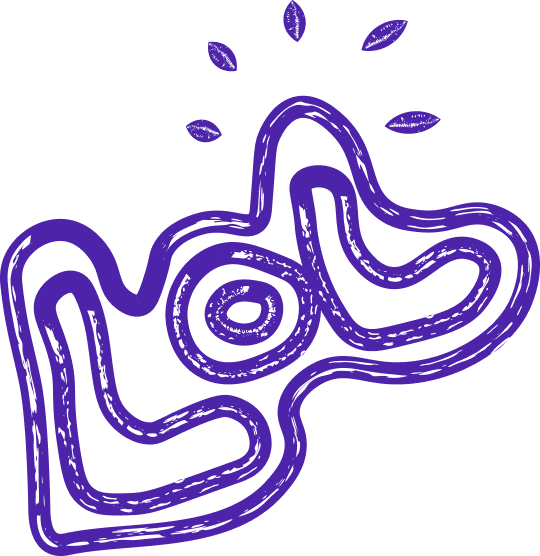
what is optical character recognition ocr
Optical Character Recognition (OCR)
Optical Character Recognition (OCR) is a groundbreaking technology that enables the conversion of printed or handwritten text into machine-encoded text. It is a powerful tool that has revolutionized the way we handle and process documents, making it easier and more efficient to digitize, search, and edit textual content.
OCR technology utilizes advanced algorithms and machine learning techniques to analyze and interpret the visual patterns of characters, symbols, and shapes present in an image or scanned document. By leveraging optical and pattern recognition capabilities, OCR software can accurately recognize and extract text from various sources, including scanned documents, photographs, PDF files, or even screenshots.
The process of OCR involves several steps. First, the image or document is captured using a scanner or a digital camera, ensuring that the text is clear and legible. Then, the OCR software analyzes the image, identifying individual characters and their spatial arrangement. This analysis is based on a vast database of pre-trained fonts and patterns, allowing the software to accurately recognize and interpret the text.
Once the text is recognized, it is converted into machine-readable format, such as plain text, HTML, or searchable PDF. This transformation enables the extracted text to be easily manipulated, edited, or searched using text-based applications and software. OCR technology can also preserve the original layout and formatting of the document, ensuring that the converted text closely resembles the original source.
The applications of OCR are vast and diverse, ranging from document digitization and archival to data extraction and content analysis. In the business world, OCR plays a crucial role in streamlining document management processes, reducing manual data entry, and enhancing overall productivity. It enables organizations to efficiently convert paper-based documents into electronic format, making them easily searchable and accessible.
In addition to document management, OCR is widely used in the field of information retrieval and data mining. By converting physical documents into digital text, OCR technology enables the extraction of valuable insights and trends from large volumes of textual data. This capability is particularly valuable in industries such as finance, healthcare, and legal, where quick and accurate analysis of vast amounts of textual information is essential.
Moreover, OCR has also found its way into our everyday lives through various consumer applications. Mobile OCR apps, for instance, allow users to capture and extract text from photographs or screenshots taken with their smartphones. This functionality proves immensely useful in scenarios like scanning business cards, translating foreign language text, or digitizing handwritten notes.
In conclusion, Optical Character Recognition (OCR) is a game-changing technology that has transformed the way we interact with printed and handwritten text. Its ability to accurately convert physical documents into digital format has revolutionized document management, information retrieval, and data analysis. With the continuous advancements in OCR technology, we can expect even greater efficiency and accuracy in the processing of textual content, paving the way for a more digitized and interconnected future.
OCR technology utilizes advanced algorithms and machine learning techniques to analyze and interpret the visual patterns of characters, symbols, and shapes present in an image or scanned document. By leveraging optical and pattern recognition capabilities, OCR software can accurately recognize and extract text from various sources, including scanned documents, photographs, PDF files, or even screenshots.
The process of OCR involves several steps. First, the image or document is captured using a scanner or a digital camera, ensuring that the text is clear and legible. Then, the OCR software analyzes the image, identifying individual characters and their spatial arrangement. This analysis is based on a vast database of pre-trained fonts and patterns, allowing the software to accurately recognize and interpret the text.
Once the text is recognized, it is converted into machine-readable format, such as plain text, HTML, or searchable PDF. This transformation enables the extracted text to be easily manipulated, edited, or searched using text-based applications and software. OCR technology can also preserve the original layout and formatting of the document, ensuring that the converted text closely resembles the original source.
The applications of OCR are vast and diverse, ranging from document digitization and archival to data extraction and content analysis. In the business world, OCR plays a crucial role in streamlining document management processes, reducing manual data entry, and enhancing overall productivity. It enables organizations to efficiently convert paper-based documents into electronic format, making them easily searchable and accessible.
In addition to document management, OCR is widely used in the field of information retrieval and data mining. By converting physical documents into digital text, OCR technology enables the extraction of valuable insights and trends from large volumes of textual data. This capability is particularly valuable in industries such as finance, healthcare, and legal, where quick and accurate analysis of vast amounts of textual information is essential.
Moreover, OCR has also found its way into our everyday lives through various consumer applications. Mobile OCR apps, for instance, allow users to capture and extract text from photographs or screenshots taken with their smartphones. This functionality proves immensely useful in scenarios like scanning business cards, translating foreign language text, or digitizing handwritten notes.
In conclusion, Optical Character Recognition (OCR) is a game-changing technology that has transformed the way we interact with printed and handwritten text. Its ability to accurately convert physical documents into digital format has revolutionized document management, information retrieval, and data analysis. With the continuous advancements in OCR technology, we can expect even greater efficiency and accuracy in the processing of textual content, paving the way for a more digitized and interconnected future.





